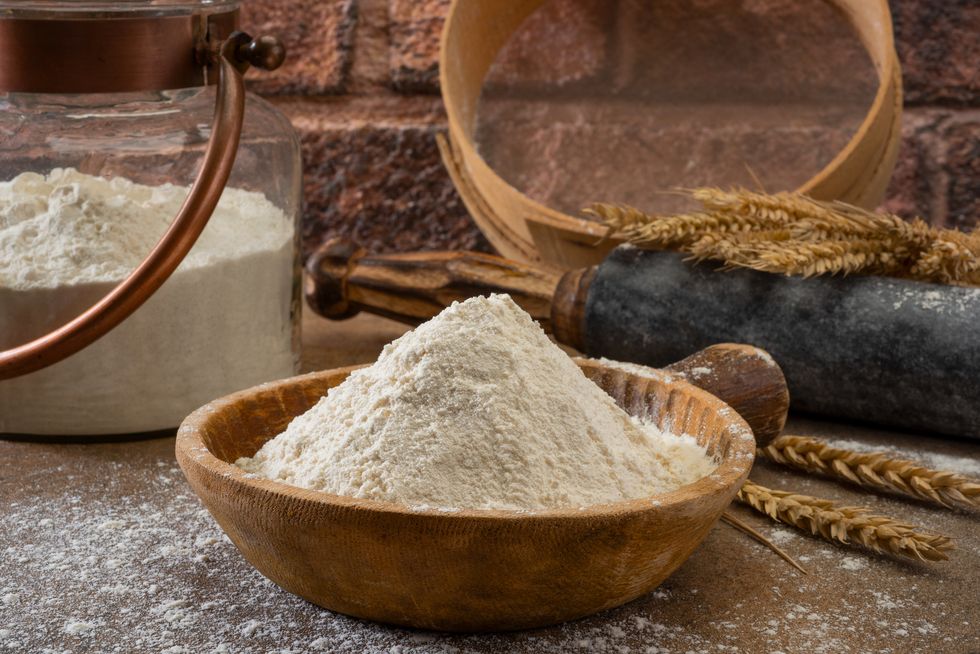Name pantry staples that bakers can’t live without. Ready? Go! How far did you get before you said “flour” in your head? We’re betting it was at the top of the list. Because without any of the common flour types, you’d never get the structure required for all the best cakes, pies, or cookies. Even cooks who prefer the savory side of life know that flour is a must-have for frying everything from chicken to onion rings.
If you’re in the kitchen a lot, you may go through a bag pretty fast. But if you don’t, you may be wondering: Does flour go bad? And if you have no clue when you purchased it, how do you know if it’s gone bad? These are questions you’ll want to answer before starting that new recipe. Not to worry, we’re here to help sift through the details.
Does flour really expire?
Let’s get right to the point: Yes, flour expires. And yes, no matter what kind of flour (or flour substitute) it is, it will go bad. The first lesson of flour 101 is that they are made of perishable items, most commonly grains such as wheat. Each bag or box you purchase will have a sell-by date or an expiration date from the manufacturer, which is a good indicator of freshness.
Now, just because flour is past the expiration date, doesn’t necessarily mean it’s bad. Depending on what kind of flour it is and how it’s stored, it may have an extended shelf life. Refined and whole wheat flours such as all-purpose, bread, and cake flours typically will last about one year. Starch flours such as cornstarch and tapioca will last about the same. (Make sure all of them are in air-tight containers to preserve freshness!) Nut flours like almond flour are higher in fat and won’t last as long, typically less than six months. If you store them in the fridge or freezer, they may last longer.
How do you know if flour is bad?
It’s totally fine to throw it out if you don’t feel comfortable using it after the expiration date. But since most products are perfectly fine beyond the manufacturer’s date, you probably want some ways to tell if it’s still good. To paraphrase Toucan Sam, follow your nose… and eyes. If the flour smells rancid, it’s probablybad. If the flour has started to turn an off-shade from what you’d expect, it’s probably bad. And of course, if there are any signs of pests like bugs or droppings, chuck it immediately. Lastly, the easiest life rule for any questionable ingredient: When in doubt, throw it out.
Pro tip: If you store your flour in a separate food storage container when you get home, make sure to label it with the expiration date before you throw away the bag or box.
What happens if I use expired flour?
If the expired flour is still good, it should act much like non-expired flour. But if that expired flour is bad, well, chances are the end product will be too. Rancid flour will make the recipe taste and perhaps smell bad. Textures may also be affected, making the final product either too dry or too moist. While we don’t want to discuss them at length, it’s possible to experience gastrointestinal problems as well.
One type of flour that you may want to toss even if it looks and smells fine past the expiration date is self-rising flour. The reason is that it contains leaveners which make baked goods rise in the oven. You can’t see or smell if those have expired, but if they are, your recipes will come out flat and most likely rendered inedible.


